The beginner’s guide to the F1 Drivers’ Championship
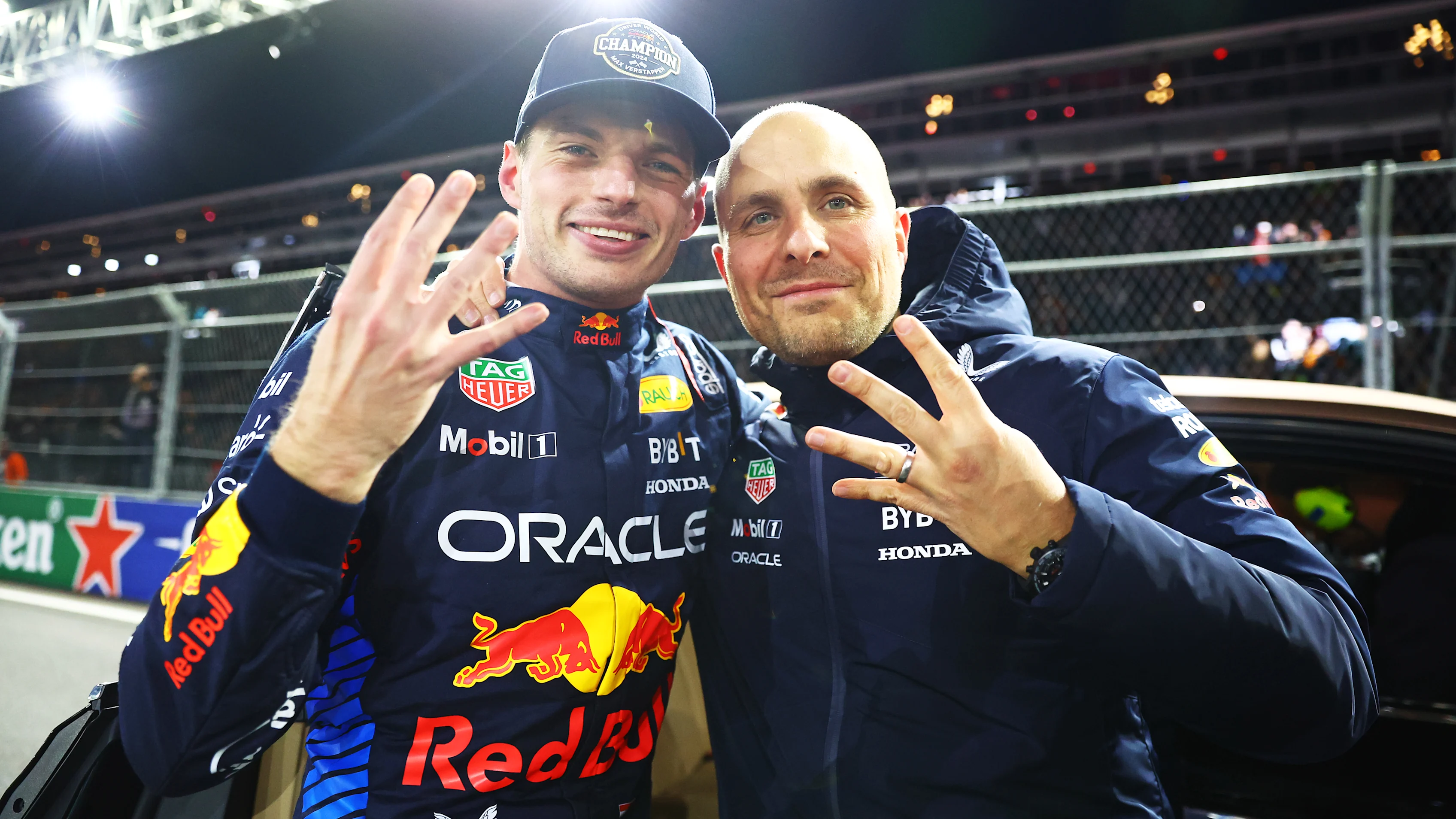
Our beginner’s guide provides all you need to know about the Formula 1 Drivers’ Championship, explaining what it is, how it works and why it is the most coveted accolade in motorsport, as well as answering some frequently asked questions.
What is the F1 Drivers’ Championship?
The Drivers’ Championship – or, to give it its proper title, the FIA Formula One World Championship for Drivers – is one of the two world championships contested in Formula 1. The F1 driver with the most championship points at the end of the season becomes the world champion.
The championship has been contested every year since 1950, though Grand Prix racing dates back much further than that, virtually to the dawn of the automobile. Prior to 1950, each race was a standalone affair. Winning a Grand Prix carries with it huge acclaim and distinction, so the creation of the world championship amalgamated those great races and created a greater prize for the best of the best.
READ MORE: Everything you need to know about F1 – Drivers, teams, cars, circuits and more
In those early years, the Drivers’ Championship was the only championship. This changed in 1958, when a second competition was added, allowing a constructor (today, a team) to compete for a world championship. Which title – Drivers’ or Constructors’ – is most important is a matter of personal opinion but it is the Drivers’ Championship that catches the public imagination, with F1 drivers becoming cult heroes with legendary status.
The scoring system awards championship points for the first ten finishers at each Grand Prix, with 25 points for the winner, before scaling down to 18, 15, 12, 10, 8, 6, 4, 2, and a single point for the 10th-placed driver. There’s more points available for success in the F1 Sprint. The driver with the most points at the end of the year wins the title. No end of season play-offs.
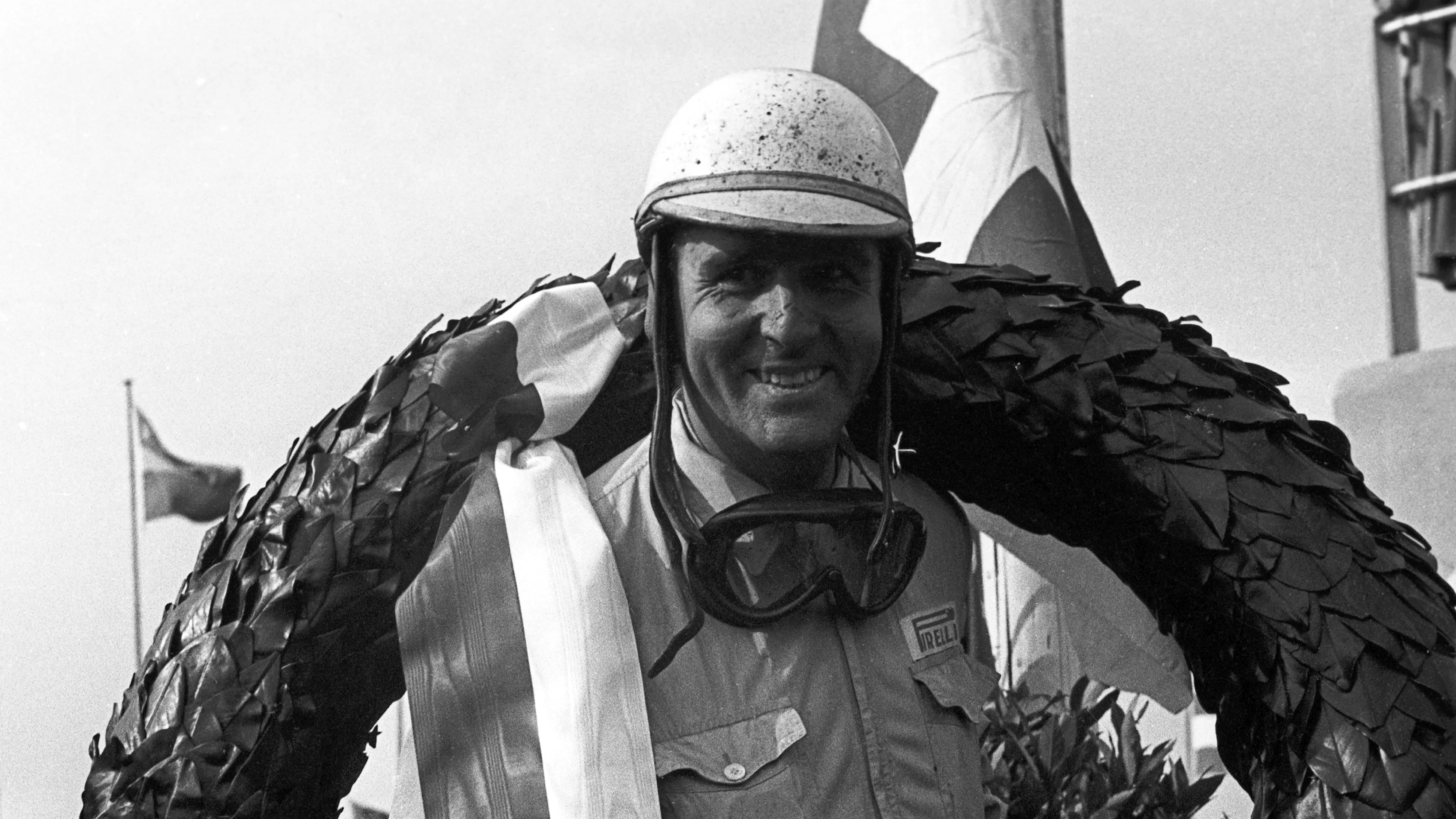
What do F1 drivers get for winning?
Formula 1 drivers don’t get prize money for winning, though they’ll likely receive a nice financial bonus on top of the base salary they’re paid by their team. Prize money is awarded to F1 teams. Of course, success can also potentially create further endorsement and sponsorship opportunities.
Even though an F1 driver might clinch the title before the end of the campaign (when it’s no longer mathematically possible for anyone else to catch them), it’s at the end of the season that the driver with the most championship points officially receives the prestigious FIA Formula One World Drivers' Championship Trophy.
How many F1 world champions have there been?
34 different drivers have been crowned world drivers’ champion. With his first title win in 2021, Max Verstappen is the most recent addition to the list of illustrious names.
READ MORE: Hall of Fame – Every F1 World Champion
17 drivers have taken a solitary title, including Dr Giuseppe ‘Nino’ Farina, winner of the very first championship in 1950. 17 more drivers have won multiple F1 championships. Of those, Michael Schumacher and Lewis Hamilton lead that list with seven titles each.
Racing around the globe in one of the few truly international sports, Formula 1 world champions have come from Europe, Africa, Australasia, North and South America, representing 15 different countries. The United Kingdom has produced the most world champions (10), winning the most championships (20).
How many F1 world champions are racing in 2025?
There are three F1 drivers’ champions on the grid this season. Max Verstappen is the reigning champion, having won the title in 2021, 2022, 2023 and 2024. He succeeded seven-time title winner Lewis Hamilton, champion in 2008, 2014, 2015, 2017, 2018, 2019 and 2020. Finally, there is Fernando Alonso, champion in 2005 and 2006.
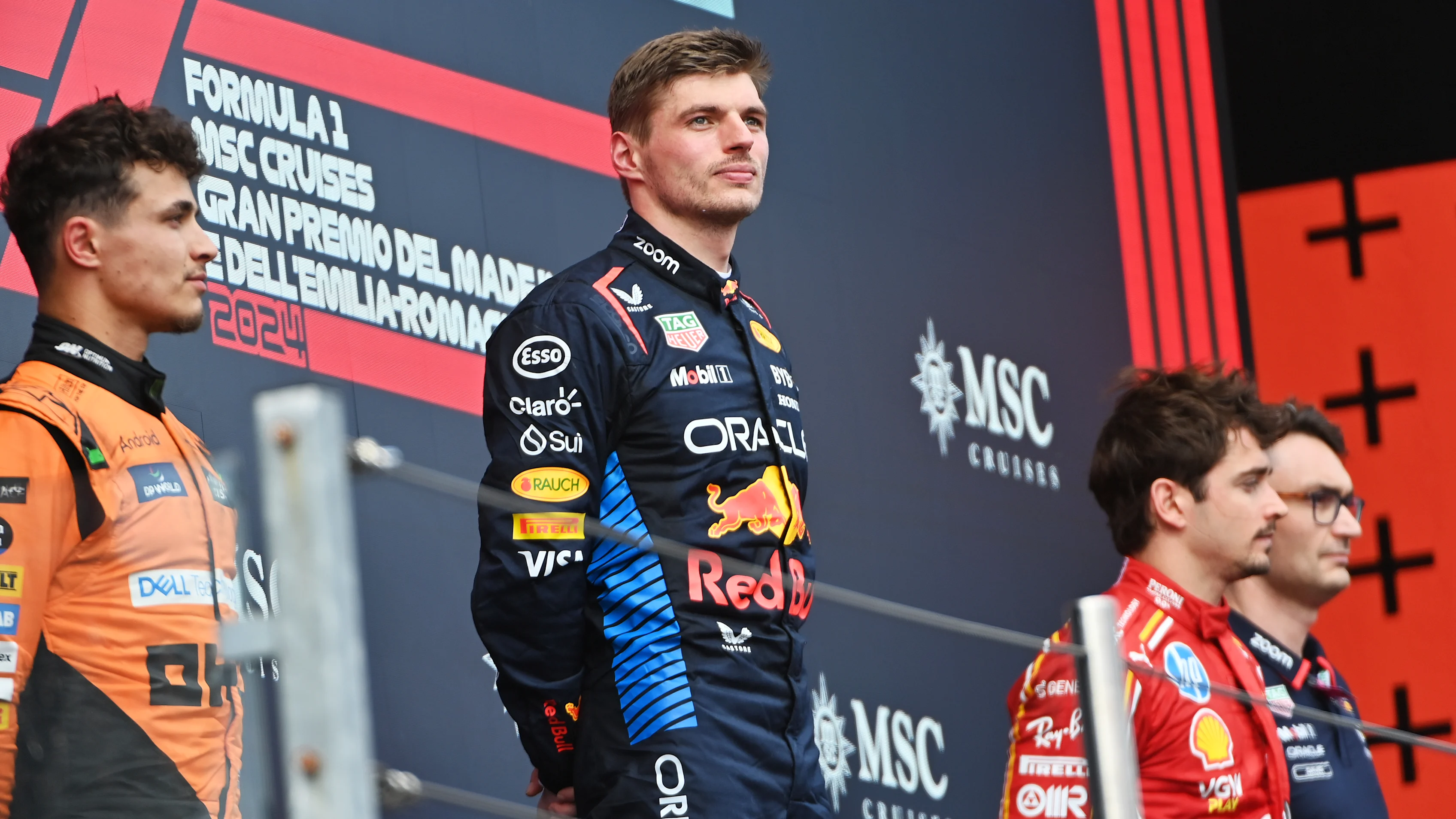
What happens if the drivers are tied at the end of the season?
It’s never happened to decide the championship in the entire history of the sport, but were two – or more – drivers to be tied on points at the end of the season, there would be a countback of results. The driver with the most wins would be crowned champion. If the drivers had an equal number of victories, then the driver with the most second place finishes, and so on down until a point of difference is reached, would win the title.
What’s the closest Drivers’ Championship finish?
1984. Niki Lauda, driving for McLaren, won his third world championship with a margin of just half a point from his team mate Alain Prost – one of 29 seasons in which the title fight has gone down to the final race of the season.
READ MORE: The beginner’s guide to the F1 weekend
Does the F1 drivers’ champion have to be a race winner?
No – though there’s never been a champion who hasn’t won a race. Keke Rosberg took a single victory on his way to the 1982 world championship, and Mike Hawthorn also had only one victory in 1958. Both were, however, steady accumulators of points across their respective title winning seasons. Traditionally, this has been the key to success.
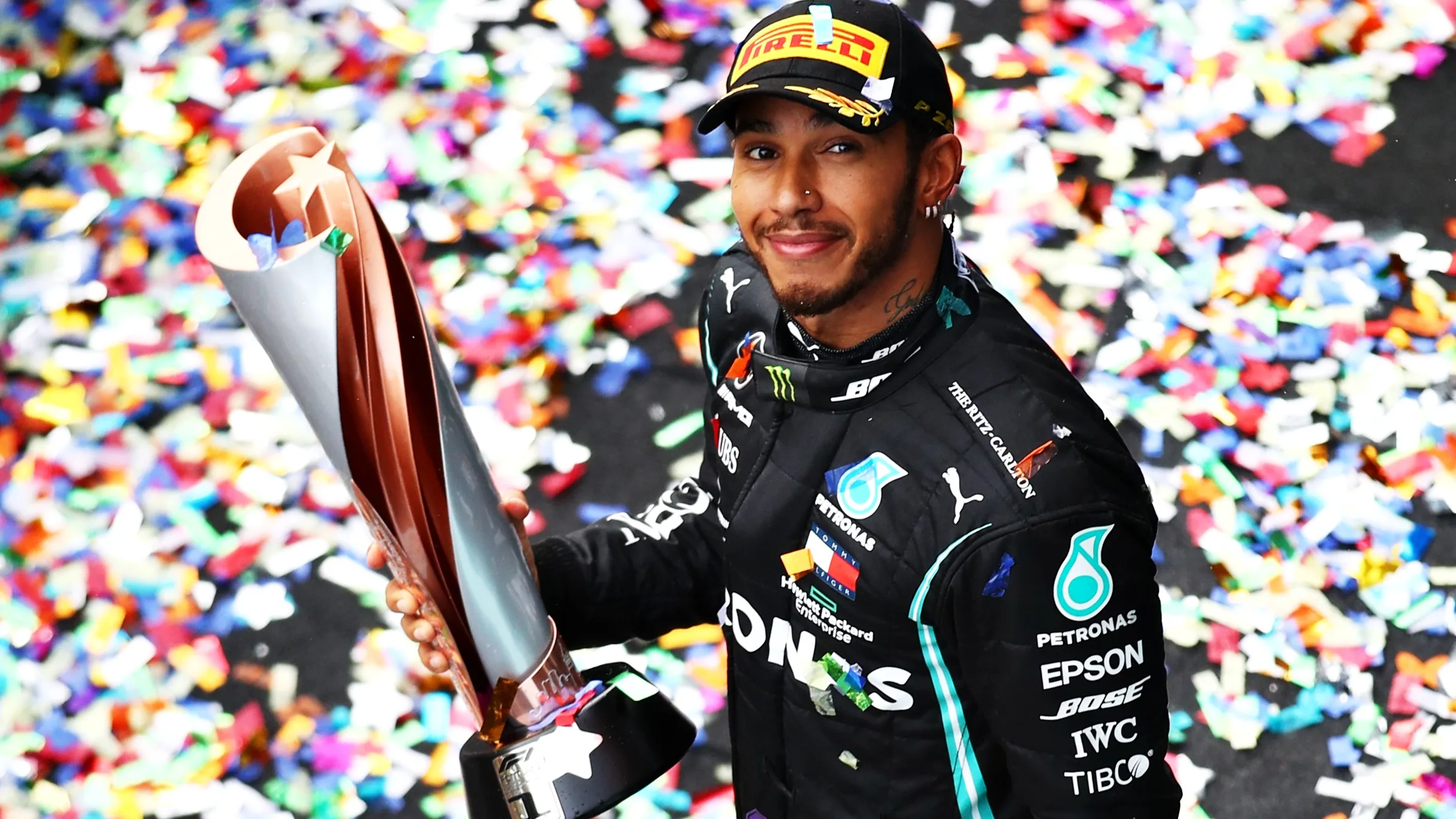
Does the drivers’ champion always come from the Constructors’ Championship-winning team?
Frequently, but not always. There is a certain logic that says the team with the best car is likely to provide the winning driver… but it doesn’t always go down that way. Since the Constructors’ Championship began in 1958, there have been 12 occasions when the drivers’ champion has come from a team other than the constructors’ champions.
The most recent occurrence was 2024, when McLaren clinched the constructors’ title for the first time since 1998 at the final race of the season in Abu Dhabi, but Max Verstappen won the Drivers’ Championship with Red Bull. The Dutchman had the most points overall, but McLaren's combination of Lando Norris and Oscar Piastri scored more points across the season than any other team.
READ MORE: The beginner’s guide to the F1 calendar
Do F1 team mates often fight each other for the title?
Yes! It’s a peculiarity of Formula 1 that team mates are often the fiercest of rivals, and none more so than when both are in contention for the Drivers’ Championship. Some of F1’s greatest battles have seen team mates going head-to-head.
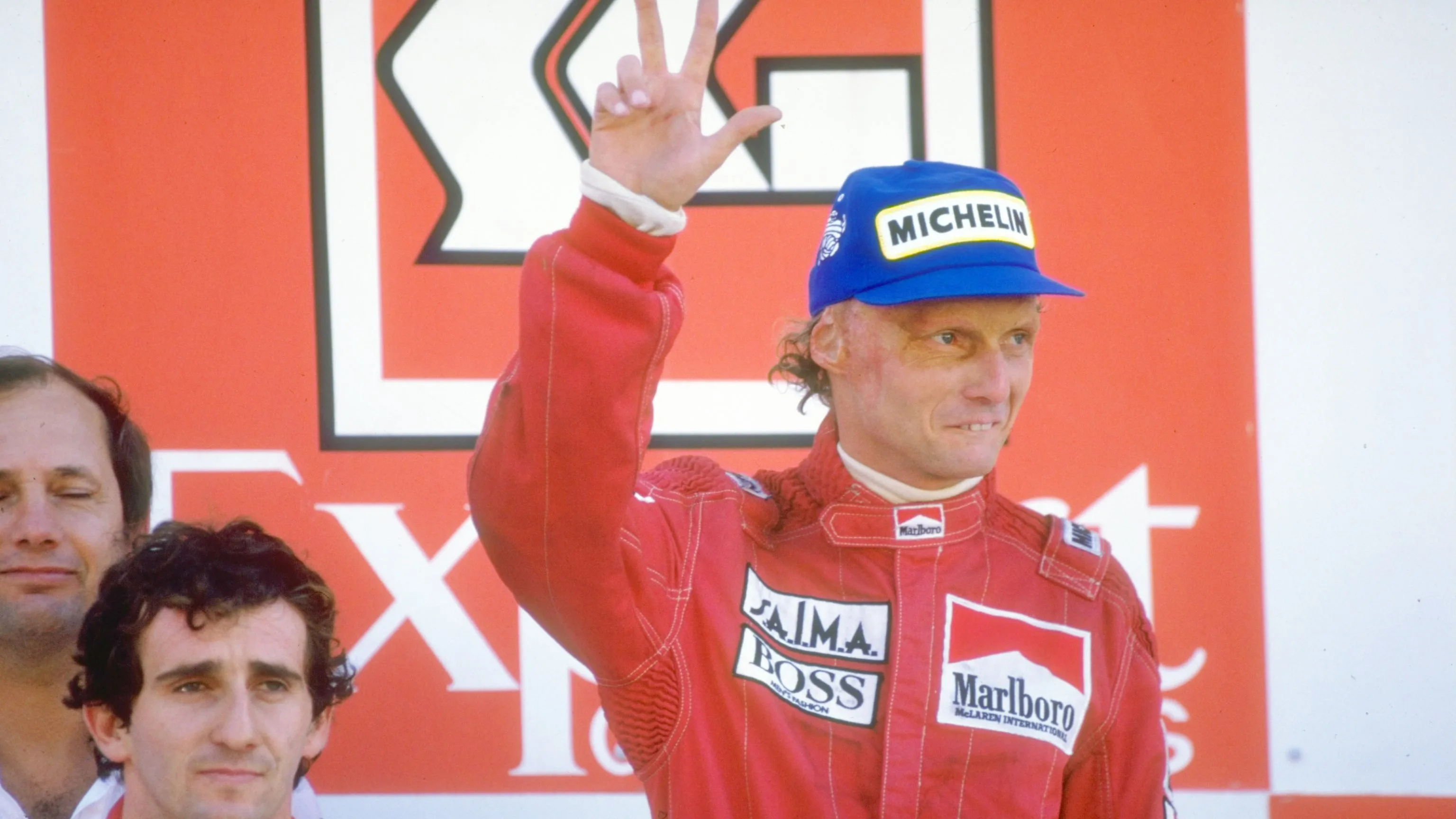
Lewis Hamilton and Nico Rosberg, while team mates at Mercedes, twice took the Drivers’ Championship down to the wire, Hamilton winning in 2014 and Rosberg in 2016 – though the tension is a magnitude greater when there are other players in the mix as well. Mercedes were fairly relaxed in those seasons, knowing one of their drivers would take the title thanks to the remarkable performance of their machines.
The far more dramatic circumstance is when the team’s two drivers are so busy fighting one-another, they allow a driver from another team to slip through to take the championship. 2007 is a great example, when a cold war at McLaren saw Fernando Alonso and Lewis Hamilton finish honours-even on 109 points each… one behind world champion Kimi Raikkonen at Ferrari. Had McLaren favoured either driver, they would almost certainly have taken the title.
READ MORE: The beginner’s guide to the F1 Constructors’ Championship
1986 is a similar story. The Williams duo of Nigel Mansell and Nelson Piquet won nine of the sixteen Grands Prix… but Alain Prost, driving for McLaren, took the title by two points with the Williams drivers busy fighting each other.
These cautionary tales are why competitive teams sometimes prefer to have a de facto ‘number one’ (or team leader) and ‘number two’ driver, regardless of whether they acknowledge them as such. In extreme circumstances – usually when there is a clear title fight that the ‘number two’ is not involved in – they may be asked to move aside and let the ‘number one’ through. More often, the ‘number one’ driver will simply get the pick of the best strategy, the optimum lap for a pit stop, or perhaps even a slightly better tyre allocation.
How does an F1 team pick a ‘number one’ driver to challenge for the Drivers’ Championship?
Usually, they pick themselves, through a combination of record and performance. World champions like Max Verstappen and Fernando Alonso are demonstrably the team leaders for Red Bull and Aston Martin respectively – and if push comes to shove in a title fight, their teams will likely back them at the expense of their respective team mates. The job of a ‘number two’ driver in these circumstances is to stake their own claim by matching or surpassing their team mate.
You might think however, for example, that seven Drivers’ Championship titles makes Lewis Hamilton an automatic team leader, but 2025 will be his first season at a Ferrari team where Charles Leclerc has performed strongly for multiple seasons. Having narrowly missed out on the Constructors' Championship in 2024, the Italian team will likely wait and see how their drivers start the 2025 season before making any decision to back one driver over the other.
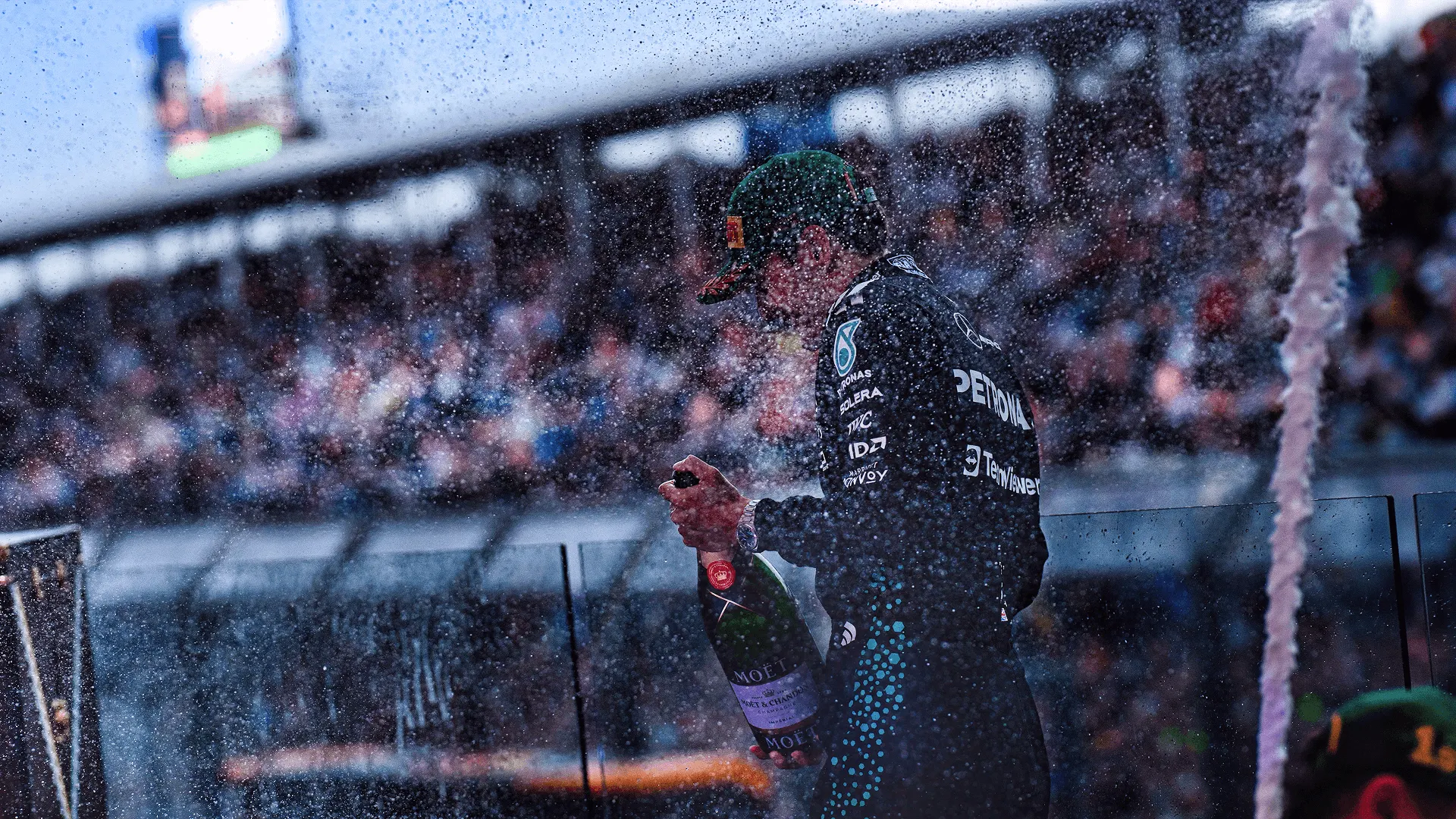
Next Up
Related Articles
 ExclusiveVesti on life as Mercedes reserve and his F1 plan
ExclusiveVesti on life as Mercedes reserve and his F1 plan WATCH: F1 Animated returns for a look back at 2025
WATCH: F1 Animated returns for a look back at 2025.webp) End Of Year Reports 2025Alpine’s best and worst moments from 2025
End Of Year Reports 2025Alpine’s best and worst moments from 2025.webp) End Of Year Reports 2025Aston Martin’s best and worst moments from 2025
End Of Year Reports 2025Aston Martin’s best and worst moments from 2025 The elite group Norris joins as McLaren World Champion
The elite group Norris joins as McLaren World Champion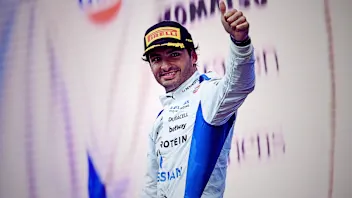 ExclusiveWhy Sainz feels ‘vindicated’ after his first Williams year
ExclusiveWhy Sainz feels ‘vindicated’ after his first Williams year